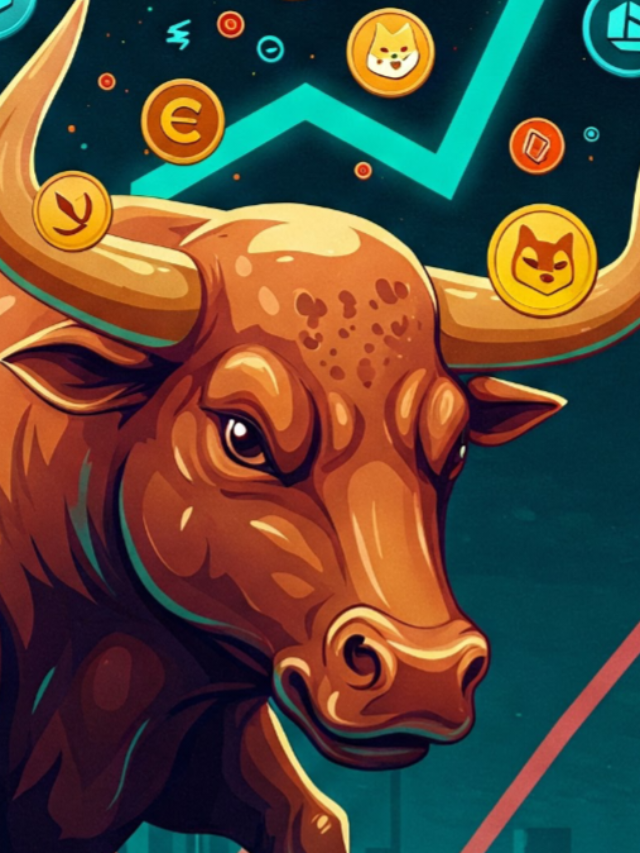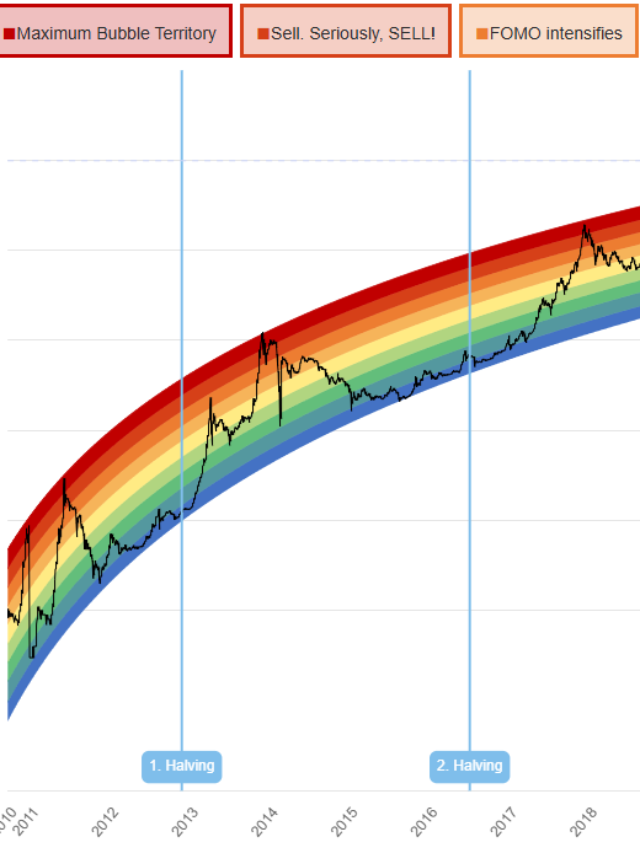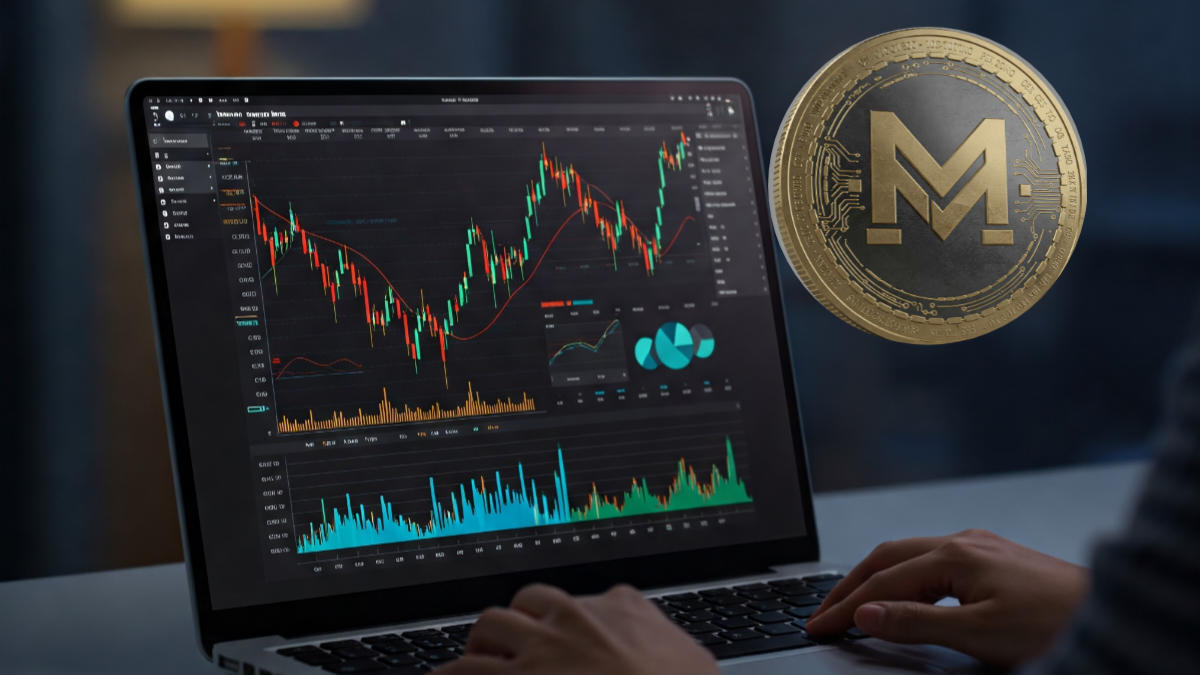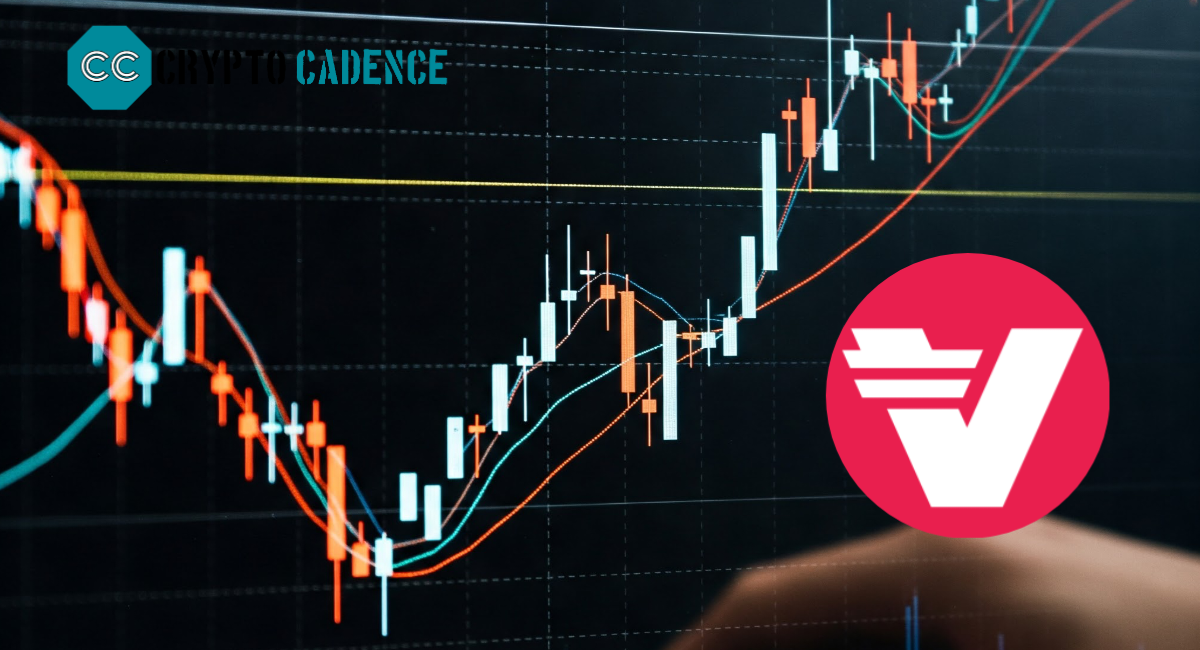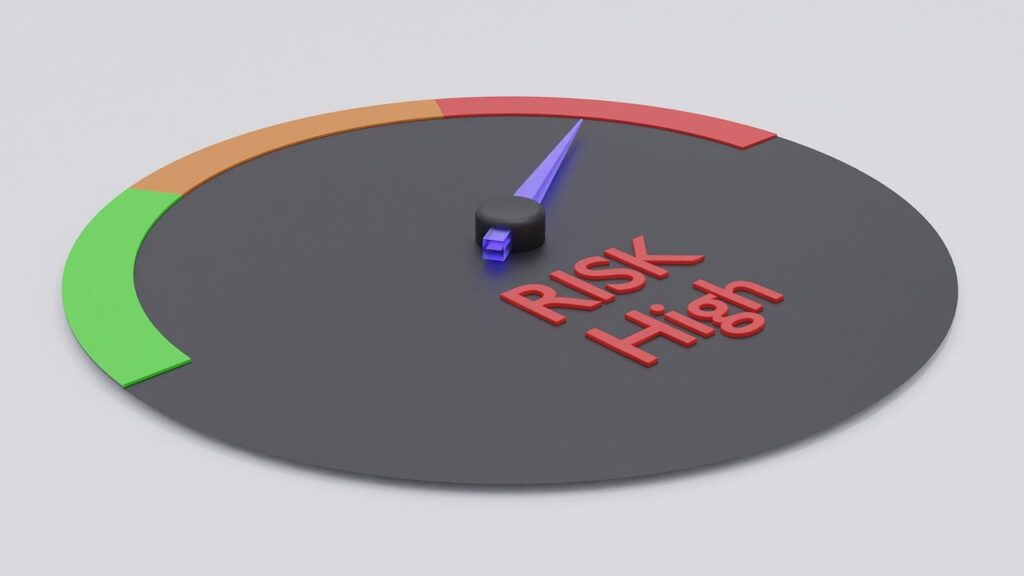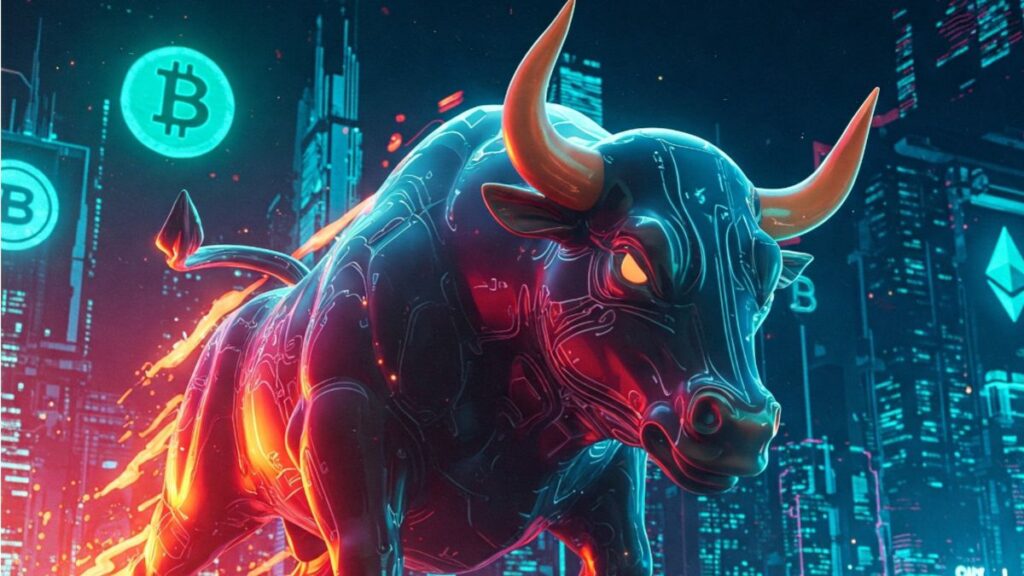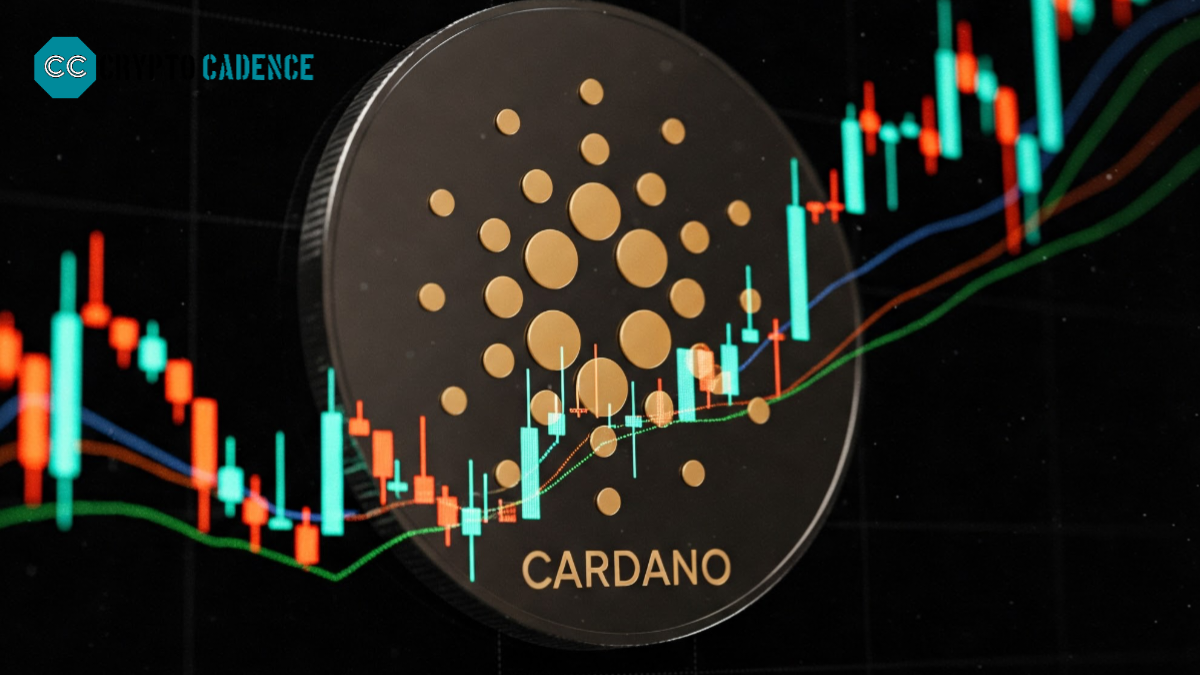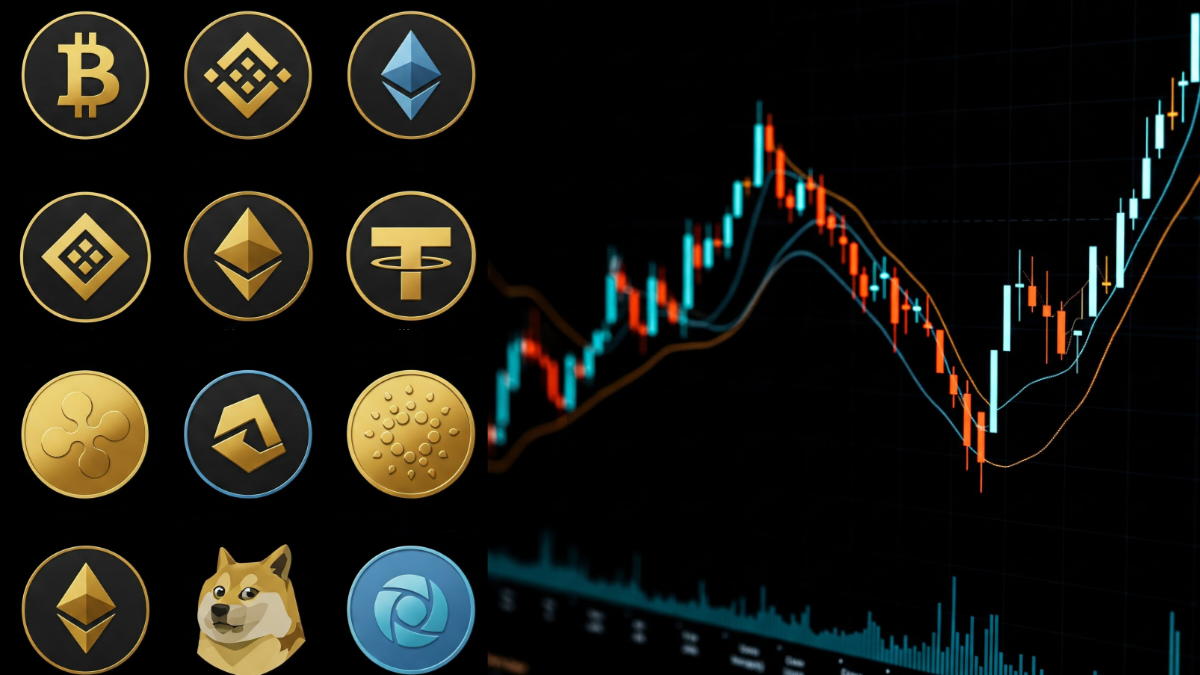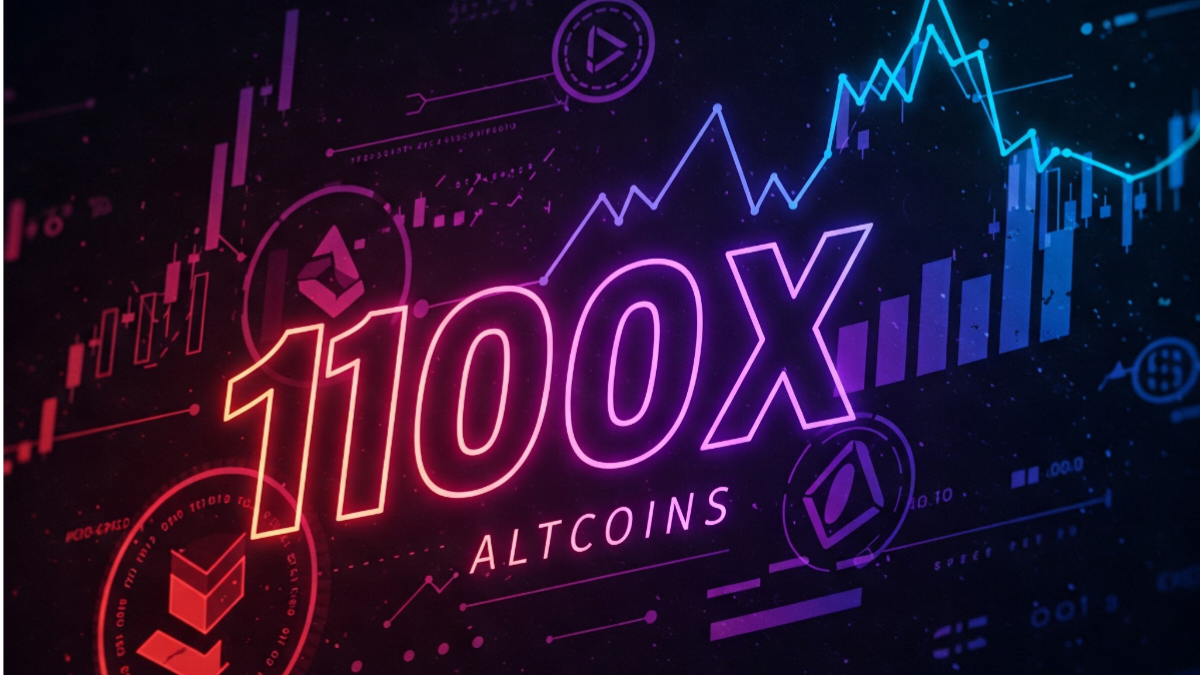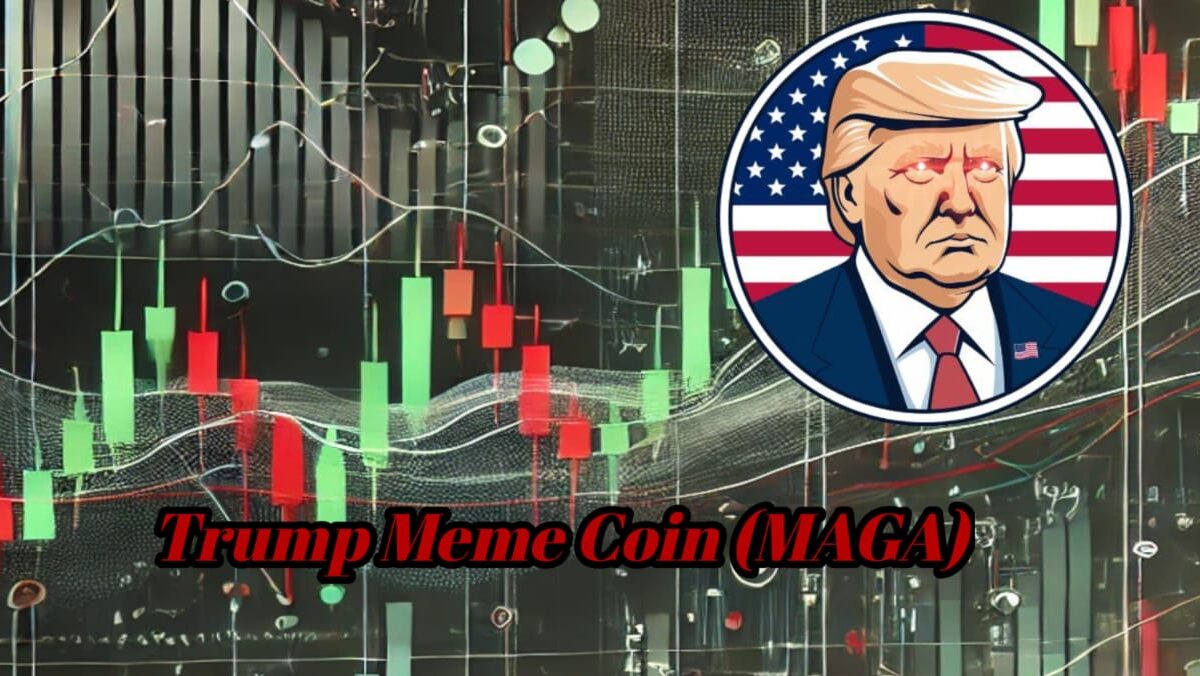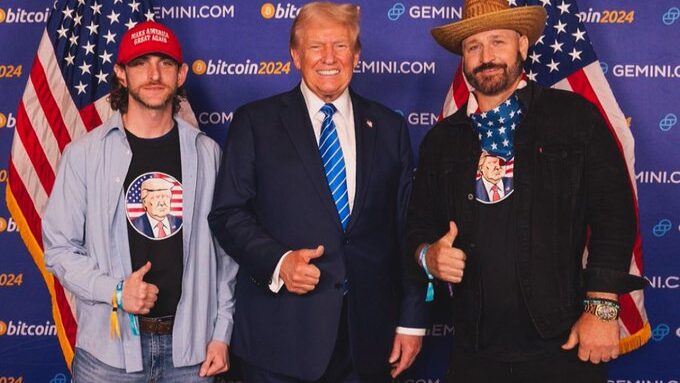Introduction
The world of cryptocurrencies has changed a lot over the past ten years, with decentralized finance (DeFi) becoming one of its most important parts. Among the many projects trying to make their mark, MANTRA Coin (OM) has carved out a niche as a community-driven platform focused on complying with regulations, tokenizing real-world assets, and providing user-friendly DeFi solutions. As we look towards 2030, many investors and enthusiasts are eager to understand what might lie ahead for MANTRA Coin in terms of value and significance. This article takes a look at what might influence the price of OM, highlights its strengths, and considers the challenges it might face along the way.
MANTRA Coin: Current Status and Key Features
MANTRA Coin is part of the MANTRA DAO ecosystem, a decentralized organization based on the Ethereum and Polkadot blockchains. The project stands out by focusing on three main elements:
- Regulatory Compliance: Unlike many DeFi platforms that operate in uncertain legal spaces, MANTRA DAO insists on complying with global financial regulations, making it attractive to institutional investors.
- Asset Tokenization: OM enables the creation of tokenized real-world assets (RWAs), such as real estate or commodities, connecting traditional finance with blockchain technology.
- Community Governance: OM token holders have a role in decision-making, promoting decentralization and shared interests.
As of 2023, MANTRA Coin has a market cap of approximately $5. 20 billion, with approximately 970 million OM tokens in circulation. Its price trends have followed the broader crypto market, reaching highs during the 2021 bull run before adjusting in response to macroeconomic factors. Strategic partnerships with the Polkadot parachain and Asian fintech companies have strengthened its ecosystem. —
Factors Influencing MANTRA Coin Price by 2030
1. Growth of Real-World Asset (RWA) Tokenization
By 2030, RWAs are expected to become a multi-trillion-dollar market, driven by growing interest in fractional ownership and liquidity. MANTRA’s commitment to compliant asset tokenization positions it well to capture a large portion of this growth. If OM becomes a go-to platform for institutions looking to digitize their assets, demand for tokens used for governance, staking, and transaction fees could increase significantly.
2. Regulatory Impact
Clarity of regulations will be a key factor. Governments are drafting new regulations for DeFi and RWAs. If MANTRA DAO’s compliance-driven approach matches these regulations, OM could attract institutional investors. On the other hand, restrictive regulation or outright bans on DeFi in key regions could slow down adoption.
3. Expansion of the DeFi Market
The total locked value (TVL) in DeFi is likely to grow significantly by 2030. MANTRA’s range of products—such as lending protocols, staking pools, and cross-chain bridges—could benefit from this growth. Better connectivity with Polkadot and Ethereum could also enhance its utility.
4. Competitive Environment
Mantra faces competition from platforms like Polymath and MakerDAO. Its success will depend on how well it can differentiate itself through user experience, compliance, and community involvement.
5. Technological Advancements
Improvements like privacy features or AI tools to assess risks could make Mantra more attractive. The scalability boost provided by Polkadot’s structure could reduce transaction costs and speed up processes.
6. Macroeconomic Factors
Cryptocurrency markets are closely tied to macroeconomic trends like interest rates and inflation. A favorable economic environment in 2030 – characterized by loose monetary policy or a weak US dollar – could boost the price of OM along with other crypto assets.
Price Predictions: Bull, Medium, and Bear Cases
While predicting cryptocurrency prices involves a lot of guesswork, examining different scenarios based on the above factors can help outline possibilities:
Bull Case ($30–$50 per OM)
- Assumptions: RWA tokenization becomes commonplace, DeFi TVL surpasses $5 trillion, and Mantra captures 5% of the RWA market. Regulatory clarity supports compliant platforms.
- Drivers: Partnerships with major financial institutions, integration with central bank digital currencies (CBDCs), and strong adoption in emerging markets.
- Valuation: A price of $5 would suggest a market capitalization of around $50 billion (10x current levels), which is possible if OM ranks among the top 50 cryptocurrencies.
Medium case scenario ($18–$28 per OM)
- Assumptions: Steady growth in the DeFi and RWA sectors, in which MANTRA occupies a unique position. Moderate acceptance from regulators.
- Drivers: Gradual onboarding of small and medium enterprises and retail users, as well as small technical upgrades.
- Valuation: A market cap of around $19 billion is in line with the historical growth rate of mid-tier altcoins.
Bear case scenario ($10–$23 per OM)
- Assumptions: Regulatory challenges, inability to scale technology, or loss of market share due to competition. Prolonged crypto recession due to economic stagnation.
- Risks: Security issues, loss of key partnerships, or declining community involvement.
- Valuation: A drop to $20 would represent a 60% decline from current levels, similar to what DeFi tokens have seen in past cycles.
XenCrypto 2030: What experts predict for this rising crypto star
Risks and Challenges
- Regulatory Uncertainty: Sudden regulation or restrictions in key markets (such as the U.S. or E.U.) could hinder growth.
- Technological Relevance: Failure to innovate could leave OM behind as DeFi evolves rapidly.
- Market Volatility: OM’s price will likely be influenced by Bitcoin’s movements and overall investor sentiment.
- Competition: Well-established platforms such as Ethereum or new blockchains could copy Mantra’s offerings.
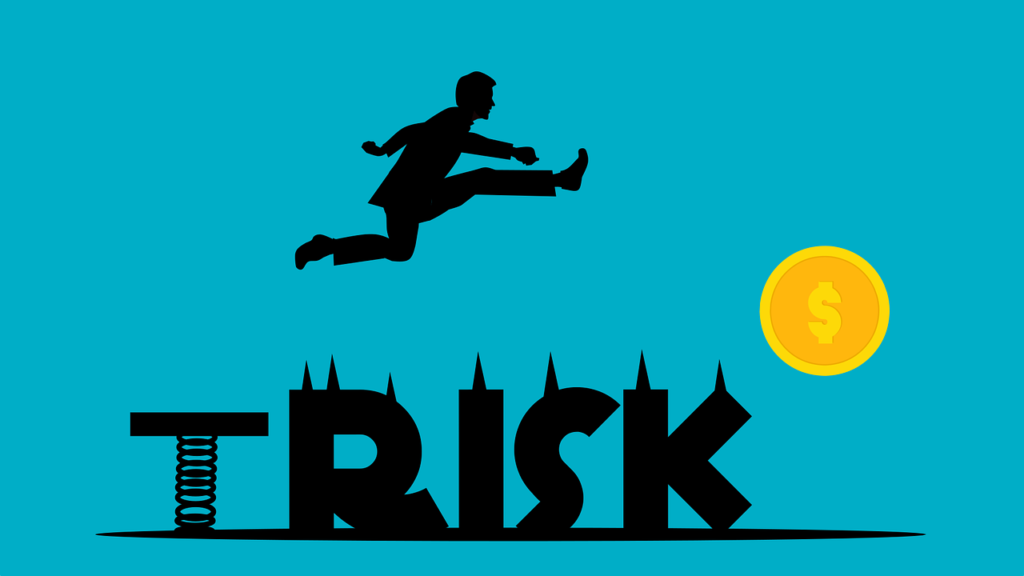
Conclusion
MANTRA Coin’s path to 2030 depends on how it can leverage the intersection of DeFi, regulatory compliance, and real-world asset tokenization. While optimistic scenarios indicate significant growth, it’s important to consider challenges such as regulatory issues and technological stagnation. For investors, OM is a high-risk, potentially high-reward investment in the future of decentralized finance – a sector that could reshape global finance. As with any cryptocurrency, it’s wise to spread out your investments and do your homework.
By 2030, MANTRA Coin could become a major player in the token economy or remain a minor player. Its fate will be influenced not only by market trends but also by the shared vision and efforts of its community – the true custodians of the MANTRA DAO ecosystem.




